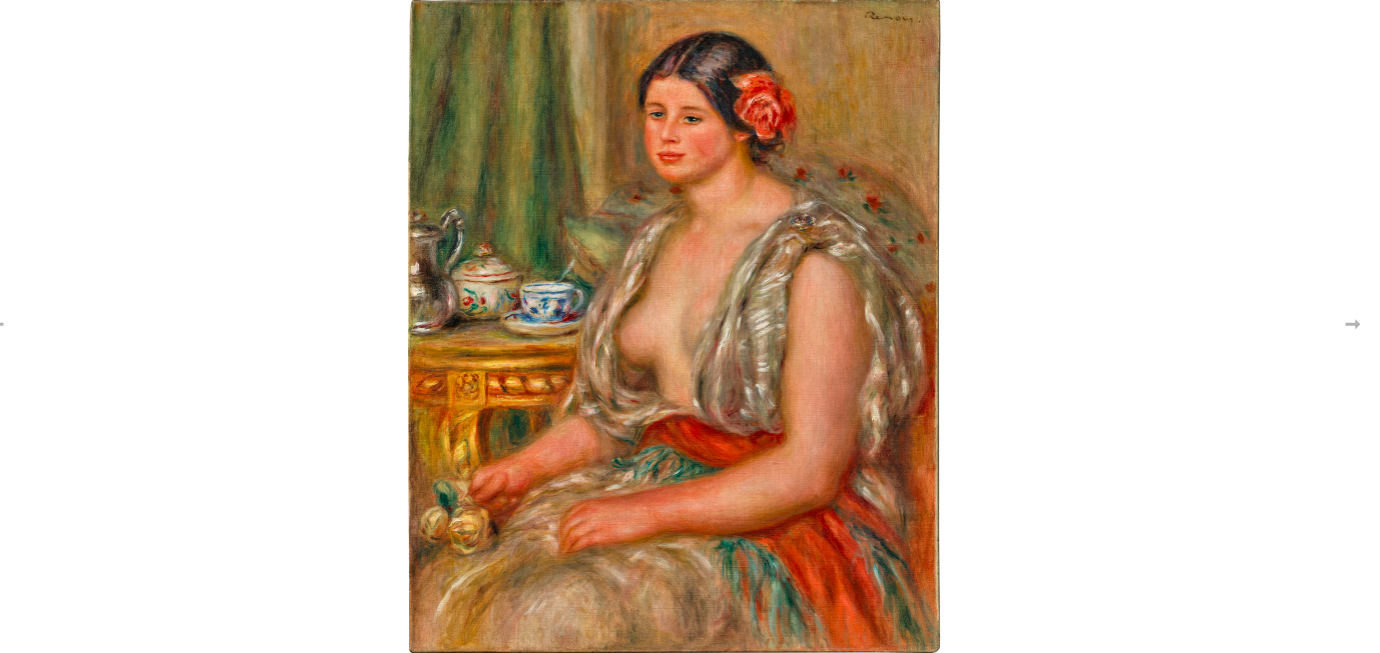

Pierre-Auguste Renoir
WHAT
Known as the leading painter and principal figure in the development of the Impressionist style – an artistic movement that originated in late 19th century France – Pierre-Auguste Renoir (1841-1919) played a fundamental role in the group’s move from studio-based traditionalism to an art centered on modern life in and around Paris. Working in the open air, the Impressionists transcribed their sensory experience, rendering ephemeral effects of light through broken brushstrokes of saturated colour. In this exhibition, the gallery presents nine works by Renoir that span throughout his career from the 1870s to the 1910s. These nine works include many career highlights including Impressionist landscapes and female figure paintings.
WHY
Women were Renoir’s favoured subject, from his Impressionist depictions of fashionable Parisiennes to the figures in domestic and natural settings of his later years. From the 1880s, Renoir shifted his approach to one inspired by the old masters — above all Raphael and Rubens — introducing linear precision, smooth modelling, and more structured compositions to his paintings. For fans of Renoir and Impressionism, this exhibition is a must-see. While there are a number of popular Impressionist painters such as Monet and Degas, Renoir holds a unique place for his reconciliation of the classical approach to the figure with the luminous palette and loose brushwork of Impressionism; he produced a new mode of figuration marked by its sensuality and innovative modern palette.


